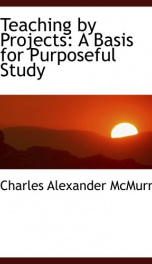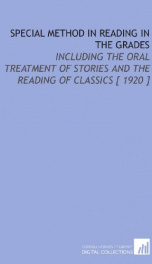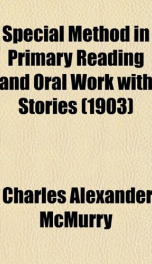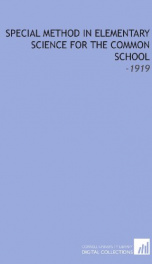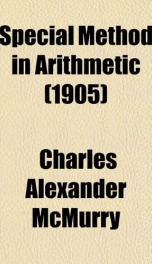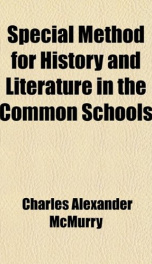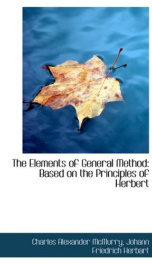the method of the recitation
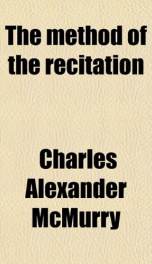
Purchase of this book includes free trial access to www.million-books.com where you can read more than a million books for free. This is an OCR edition with typos. Excerpt from book: CHAPTER III HOW INDIVIDUAL AND GENERAL NOTIONS ARE DIS- TINGUISHED FROM EACH OTHER All knowledge is built up from individual and general realities, so that instruction is always occupied with one or the other. It has been seen that differences in method are due first of all to the order in which these two are presented; some teachers would begin with the general notion or rule, and furnish the individual instances later, as the rule for the plural of nouns ending in s, x, sh, etc., while others would take the opposite course. Since these two kinds of notions are of vital importance, it is well to have a clear understanding of the meaning of each. Sources of The notions that are furnished apparently through individual . ,,..,.. notions. the senses alone are individual notions. For instance, the images of the many things about us gained through the sense of sight belong to this class. I have an individual notion of the penholder with which I am now writing, of the room in which I am sitting, and of the meadow that I see from my window. Touch, without the aid of sight, gives a similar kind of notion ; blind men getdefinite mental pictures of the objects about them by the use of their hands. It is an individual notion that one receives when he perceives the color of a flower, the odor of an apple, or the chirp of a bird. Thus each sense may be the source of individual notions or percepts, without the aid of the others. Usually, however, they work together, giving a combined result, as when one determines through the senses of sight, smell, touch, and taste that a certain object is an apple. In this case the idea is certainly very complex, but since it must be referred to one definite object it is called an individual notion. Further than that, individual facts and rel...
Info about the book
Author:
Series:
Unknown
ISBN:
1402172648
Rating:
4.5/5 (1)Your rating:
0/5
Languge:
English
Users who have this book
Users who want this book
What readers are saying
What do you think? Write your own comment on this book!
write a commentif you like the method of the recitation try:
Do you want to read a book that interests you? It’s EASY!
Create an account and send a request for reading to other users on the Webpage of the book!
